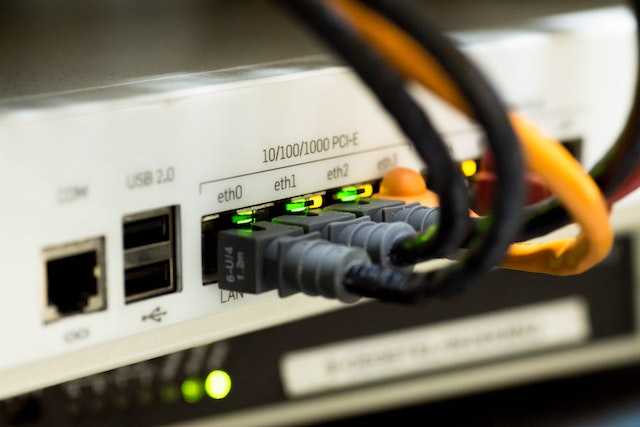URL Encoder And Decoder

URL encoding is simply a way to convert special characters in URLs into a representation that conforms to the specification and can be properly understood and interpreted.
Types of URL characters
A URL can consist of characters that are reserved or unreserved. Characters that have spectacular meaning are referred to as reserved characters.
Forward slash characters, for example, are used to seperate different parts of URLs (or URLs more generally). These special meanings are not available for unreserved characters. Reserve characters can be represented by special sequences of characters using percent-encoding.

With each revision to the specifications that govern URLs or URL schemes, the sets of reserved and non-reserved characters as well as the circumstances in which some reserved characters have special meanings have been slightly altered.
What is URL Encoding?
URL encoding refers to the process of encoding characters in URLs by replacing them by one or more characters. These triplets consist of the percent symbol "%" followed with two hexadecimal numbers. The numeric value of the replacement character is duly represented by two hexadecimal numbers of the triplet.
URL encoding can be a little misleading because it isn't limited to URLs (Uniform Resource Locators) but can be applied to other URIs, such as URNs. The preferred term for percent-encoding is therefore:
What Characters are allowed in a URL?
A URI can contain characters that are either reserved or unreserved. Reserved characters that have special meanings, while unreserved characters do not have special meanings.
Percent-encoding allows characters that would otherwise be prohibited to be represented with allowed characters. With each revision to the specifications that govern URIs, the sets of reserved and non-reserved characters, URI schemes as well as the circumstances in which some reserved characters have special meanings have changed.
RFC 3986 states that URL characters must be drawn from a set of ASCII characters. URLs cannot contain any other characters.
What is the Work of Our URL Encoder and Decoder Tool?
The URL Encoder & Decoder makes it easy to encode and decode URLs. This is how it works.
You can choose between the Decoder or Encoder tabs
Put the URL that you want to encode or decode
Then, press the Encode/Decode button
You can find the output below the Encode & Decode tools after you hit the button.
What is URL Encoding/Decoding?
You must ensure that information transmitted via URL uses a specific character set known as ASCII (American Standard Code for Information Interchange).
URLs can contain characters that are not among the ASCII set so they must be converted to an ASCII format. URL encoding is what is needed.
URL encoding is also referred to as percent-encoding. It's the conversion of URL characters into ASCII characters.
ASCII refers to a character set that contains 128 characters. It comprises of the numbers from 0-9, some special characters and the upper- and lowercase English letters.
URL encoding allows you to replace unsafe characters with a "%", followed by two hexadecimal numbers. If there are spaces in your URL, for example, it will be replaced with a plus (+), sign, or with %20.
What should be encoded?
Any character found in URL and non-ASCII characters that are used outside of their normal context must be encoded. Let's look at some common characters and how they are encoded in URLs.
How does encoding work?
Since the invention of computers, many encodings have been used. Common users may have encountered different code page encoding issues that made a web site or email message unreadable.
There are other encodings that allow binary data to be transferred through text-based protocols, which use a restricted set of characters.
Brief overview of the available tools are below:
Base64 Encoder allows you to convert binary data into ASCII string format. It uses 64 printable ASCII characters. Base64 Encoding is used to transfer email messages, as email formats do not support binary data.
The URL Encoder is what encodes unsafe characters so that they can be used in URLs. In most cases, unsafe characters can be replaced by hexadecimal code (%). ).
IDN Encoder converts Internationalised Domain Names to Punycode representation. This Punycode representation consists of ASCII characters with the prefix "xn--". Conversion of an IDN domain
Punycode is required for the Domain Name System to understand and manage names. For example, viva-espana.com is converted to xn--viva-espaa-19a.com.
Uuencoder converts to and fro uuencoding. Unix's uuencoding was originally used to transmit binary files using ASCII encoders.
An encoder that converts text from one encoding into another is called code page encoder. UTF-8 is the default source code page for text inputs. File input is the best way to access another source code page.
XML Encoder encodes characters with their corresponding XML entities if they exist.
For example, > and & can be converted to > and & respectively
Bin-Hex Encoder can be used in a similar way to Base64 Encoder. Bin-Hex Encoder uses Base16 Encoding instead of Base64.
Author Bio
The Editorial staff includes content researchers from various areas of knowledge. They add a plethora of expertise to the Hubslides Editorial team. They constantly and frequently oversee, produce and evaluate contents that are most ideal to aid impacting knowledge to readers.
Article Comments
No Comments!
At present there are zero comments on this article.
Why not be the first to make a comment?
Similar Articles
Sponsor
Search Articles
Experts Column
Latest Articles
Featured Articles
Most Popular Articles












